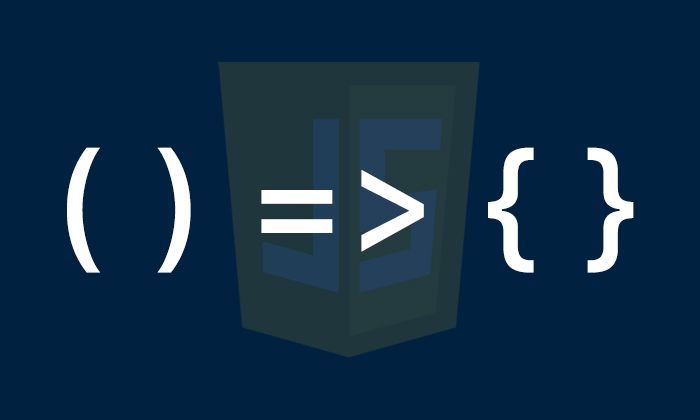With Vue 3, it introduced a <script setup> feature. It is compile-time syntactic sugar for using Composition API in Single File Components. This syntax allows developers to define components without having to export anything from the JavaScript code block. It exposes all its top-level bindings to the template. Long story short, this syntax makes Single File Components simpler and makes you feel you’re working with native JavaScript code.
In the exact words of the RFC, “This proposal’s main goal is reducing the verbosity of Composition API usage inside Single File Components (SFCs) by directly exposing the context of <script setup> to the template.”

 (Image — 1) Use the components with <script setup>
(Image — 1) Use the components with <script setup> (Image — 2) The top-level bindings exposed to the template while using <script setup>
(Image — 2) The top-level bindings exposed to the template while using <script setup> (Image — 3) Recursive component with <script setup>
(Image — 3) Recursive component with <script setup>













 (Image — 11) create Vue project with Vite
(Image — 11) create Vue project with Vite (Image — 12) ESLint configuration to fix no-undef error
(Image — 12) ESLint configuration to fix no-undef error



 (Image — 16) Using <script> with <script setup>
(Image — 16) Using <script> with <script setup>

 10 mins
10 mins











 Talk to Our
Consultants
Talk to Our
Consultants Chat with
Our Experts
Chat with
Our Experts Write us
an Email
Write us
an Email





